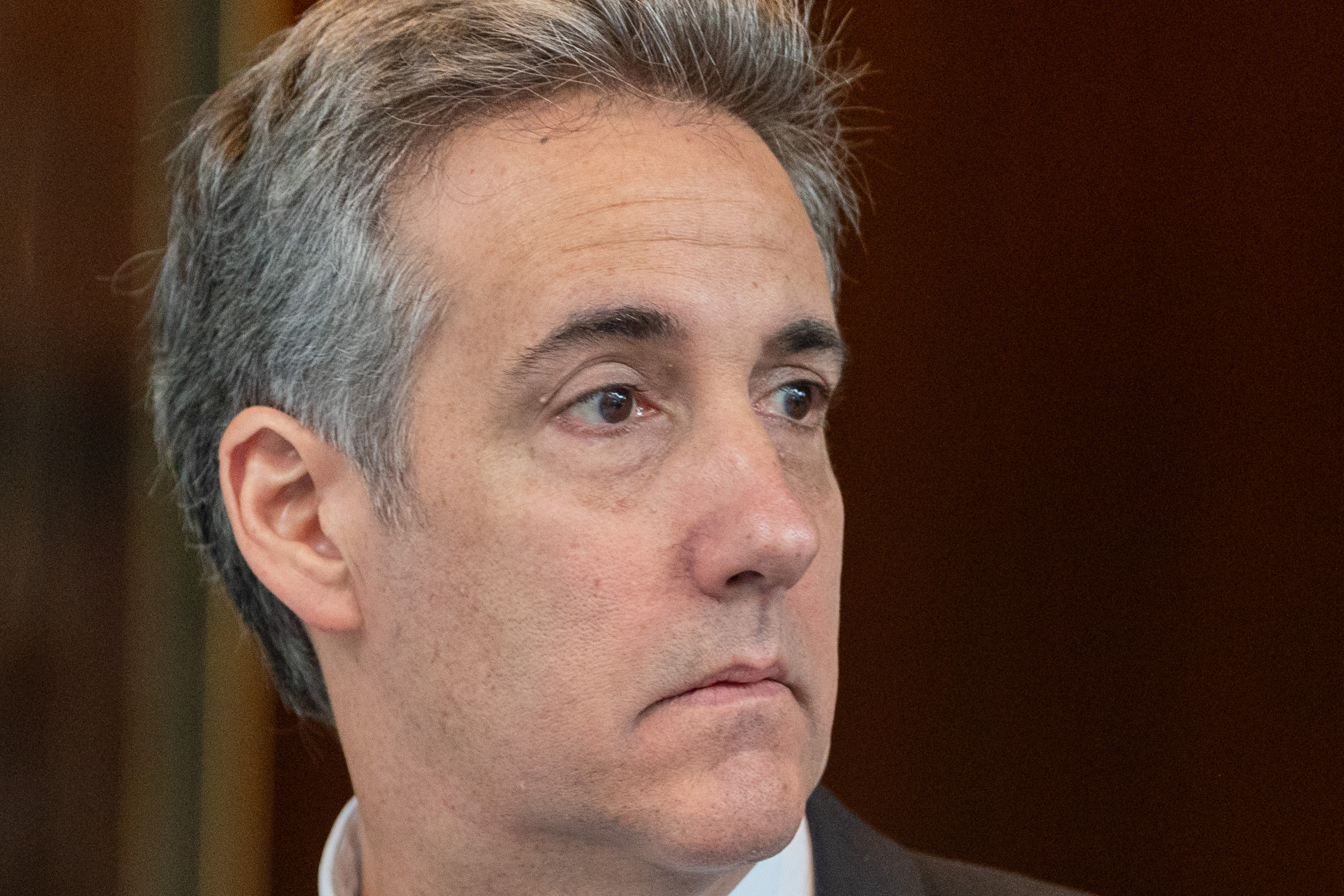Americans entered 2024 on a high note. Inflation cooled down, January saw the highest consumer sentiment ranking since 2021 as citizens felt more optimistic about their incomes, and a year of robust spending expanded the economy by 2.5 percent.
However, it looks like a portion of that spending found its way onto credit cards that many can't afford.
As a result, the average balance per cardholder has reached all-time highs, while serious-level delinquencies have soared to levels unseen since former President Barack Obama's first term, according to TransUnion's fourth-quarter Credit Industry Insights report.
The TransUnion report, drawing from billions of updates received each month from banks, credit unions, finance companies, public records and others, reveals that the total credit card balance for all Americans stood at $1.05 trillion in the fourth quarter—so it may not be a surprise to learn that the average credit card balance per American has escalated to unprecedented levels, reaching $6,360.
The climb is a symptom of deeper economic pressures brought on by the historic inflation seen over the course of 2022 and 2023, experts say, and the subsequent 11 rate hikes doled out by the Federal Reserve to tame it, resulting in higher-than-expected living costs that has seen many consumers turn to bank cards to "help make ends meet," according to Michele Raneri, vice president and head of U.S. research and consulting at TransUnion.
"I think that it is a combination of a product of growing inflation and of interest rates because [monthly credit card payments] do get impacted by the interest rate," Raneri told Newsweek during an interview on Wednesday. "If you're carrying a balance, and you're a person who actually revolves on that credit card, then it's going to be more expensive for you to pay it off because of this higher interest rate."
"And inflation is still high," she added, "and so the cost of goods and services is elevated right now."
Unfortunately, some of those people carrying a balance, particularly the Gen Z and millennial generations, are having trouble managing the debt brought on by those higher-than-expected living costs.

The rise in serious-level bankcard delinquencies, those 90 days past due, to the highest point since the aftermath of the 2008 financial crisis, is an indicator of the financial strain on many Americans.
Serious-level bank card delinquencies (normal credit cards) ticked up to 2.59 percent during the fourth quarter of last year, according to TransUnion, while serious-level private label credit card delinquencies (retailer or partner credit cards) rose to 1.79 percent.
There are 542.6 million active credit cards in the U.S. as of the fourth quarter, according to the report, with 169.9 million carrying a balance. That means roughly 4.4 million Americans are seriously struggling with credit card debt.
According to data issued by the Federal Reserve Bank of New York, those ages 18 to 39 are leading the way on delinquencies. Roughly 10 percent of those ages 18 to 29 are 90 days past due on their credit cards, while about 8 percent of those ages 30 to 39 share the same problem.
And most of those are subprime borrowers, which, according to experts, compounds the problem, as their interest rates are often less favorable than their higher credit score counterparts. That demographic, often most vulnerable to economic fluctuations, saw their balances grow by 32 percent year-over-year to $105 billion.
"It's worth watching how this generation uses credit in the coming year, one which will likely see some positive economic developments play out, but also challenges," Raneri said in an emailed statement to Newsweek.
One positive economic development consumers look forward to this year is the imminent interest rate cut by the Fed, which would then lower the interest rate on credit cards. Asked whether or not the Fed has achieved its "soft landing," Raneri said: "Can I say they're achieving it? Maybe not achieved. It is my interpretation that they are waiting for the full effects of the high interest rates to continue their way through the system."
Despite the uptick in credit card usage, which rose in part because of high interest rates, the TransUnion report found a contrasting trend in credit originations. Bankcard originations (the process of opening a new credit card) have dipped by 7 percent year-over-year in the third quarter, a sign that lenders are becoming more cautious amid a backdrop of increasing delinquencies.
However, for as many new credit cards were opened in the quarter, millennials led the charge, accounting for 29.6 percent of all new originations.
How Did This Happen?
The backdrop to this rising tide of credit card debt includes the broader U.S. credit market's dynamics. Over the last couple of years, and particularly in the post-pandemic era, there's been a marked shift in consumer behavior toward credit.
Stimulus payments temporarily reversed the trend, allowing many to pay down debt; however, as the relief dried up, reliance on credit cards swelled, evidenced by a jump in the percentage of cardholders carrying balances month to month.
Overall reliance on credit cards as a stopgap for managing living costs has placed many Americans in a precarious financial position. With the Fed's interest rate hikes in full effect, those unable to pay off their monthly balances in full face a compounding challenge, as the interest accrued on those balances can transform manageable debt into a long-term financial burden.
Looking forward, the potential for Fed interest rate cuts later in the year could offer hope for those struggling under the weight of high credit card debt.
Lower interest rates may make refinancing an attractive option, according to Raneri, allowing consumers to consolidate high-cost debt into lower-interest products. However, any potential relief is contingent on a variety of economic factors, starting with the first Fed rate cut, which many expect will come in May.
Uncommon Knowledge
Newsweek is committed to challenging conventional wisdom and finding connections in the search for common ground.
Newsweek is committed to challenging conventional wisdom and finding connections in the search for common ground.
About the writer
Aj Fabino is a Newsweek reporter based in Chicago. His focus is reporting on Economy & Finance. Aj joined Newsweek ... Read more
To read how Newsweek uses AI as a newsroom tool, Click here.





